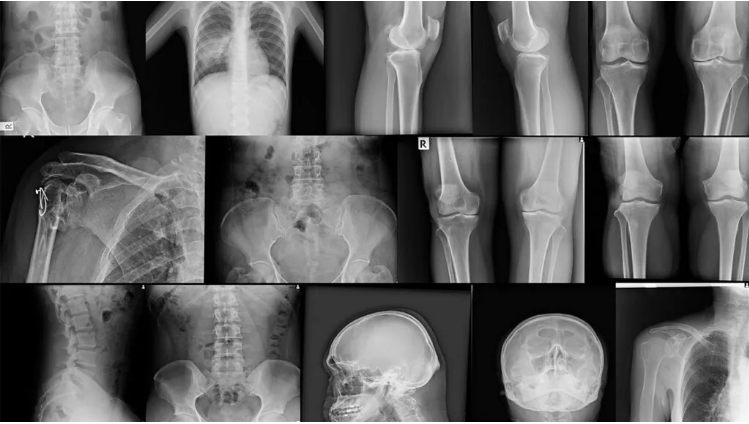
Bones: All you need to know
Bones are more than just the scaffolding that holds the body together. Bones come in all shapes and sizes and have many roles. In this article, we explain their function, what they consist of, and the types of cells they involve. Bones are living, active tissues that the body is constantly remodeling. Their functions include supporting body structure, protecting vital organs, and allowing the body to move. Also, they provide an environment for bone marrow, where the body creates blood cells, and they act as a storage area for minerals, particularly calcium. The skeleton accounts for around 15% of body weight. At birth, humans have around 270 soft bones. As they grow, some fuse. By adulthood, people have between 206 and 213 bones. The reason for the difference is that some people have more or fewer bones in their ribs, vertebrae, fingers, and toes. The largest bone in the human body is the thighbone, or femur, and the smallest is the stapes in the middle ear, at around 3 millimeters long. Bones consist mostly of the protein collagen, which forms a soft framework. The mineral calcium phosphate hardens this framework, giving it strength. The bones contain 99% of the body’s calcium. Bones have an internal structure similar to a honeycomb, which makes them rigid yet relatively light.
The structure of bones
Bones are composed of two types of tissue. Compact (cortical) bone is a hard outer layer that is dense, strong, and durable. It makes up around 80% of adult bone mass and forms the outer layer of bone. Cancellous (trabecular or spongy) bone makes up the remaining 20% of bone and consists of a network of trabeculae, or rod-like, structures. It is lighter, less dense, and more flexible than compact bone. Bones also contain:
- osteoblasts and osteocytes, responsible for creating bone
- osteoclasts, or bone-resorbing cells
- osteoid, a mix of collagen and other proteins
- inorganic mineral salts within the matrix
- nerves and blood vessels
- bone marrow
- cartilage
- membranes, including the endosteum and periosteum
Bone cells
Bones are not static tissue but need constant maintenance and remodeling. There are three main cell types involved in this process. Osteoblasts are responsible for generating and repairing bone. They produce a protein mixture that doctors call osteoid, which is mineralized and becomes bone. Osteocytes are inactive osteoblasts that are mineralized and remain within the bone they have created. They communicate with other bone cells and help support metabolic functions within the bone. Osteoclasts are large cells with more than one nucleus. They use acids resulting from certain reactions to break down used bone. This process is called resorption. Osteoclasts help remodel injured bones and create pathways for nerves and blood vessels to travel through.
Bone marrow
Bone marrow is present in almost all bones where cancellous, or spongy, bone is present. Bone marrow produces blood cells, including:
- red blood cells, which deliver oxygen to cells
- white blood cells, essential for the body’s immune system
- platelets, which the body uses for clotting
The marrow produces around 2 million red blood cells every second. It also produces lymphocytes, or the white blood cells involved in the immune response.
Extracellular matrix
Bones are essentially living cells embedded in a mineral-based organic matrix. This extracellular matrix consists of organic components (mostly type 1 collagen) and inorganic components, including hydroxyapatite and other salts, such as calcium and phosphate. Collagen gives bone its tensile strength, namely resistance to pulling apart. Hydroxyapatite gives the bones compressive strength, or resistance to compression.
What do bones do?
Bones serve various functions that affect the whole body. Studies show that, in addition to structure and movement, bones support energy metabolism, the production of blood cells, the immune system, and brain function.
Mechanics
Bones provide a frame to support the body. Muscles, tendons, and ligaments attach to bones. Without anchoring to bones, muscles could not move the body.
Protection
Some bones protect the body’s internal organs. For instance, the skull protects the brain, and the ribs protect the heart and lungs.
Synthesis
Cancellous bone is a vital reservoir for developing red blood cells, platelets, and white blood cells. Also, the body destroys defective and old red blood cells in bone marrow.
Resources : Article from MedicalNewsToday: Bone Cell https://www.medicalnewstoday.com/articles/320444
Tarikh Input: 17/11/2022 | Kemaskini: 21/11/2022 | aslamiah
PERKONGSIAN MEDIA

























